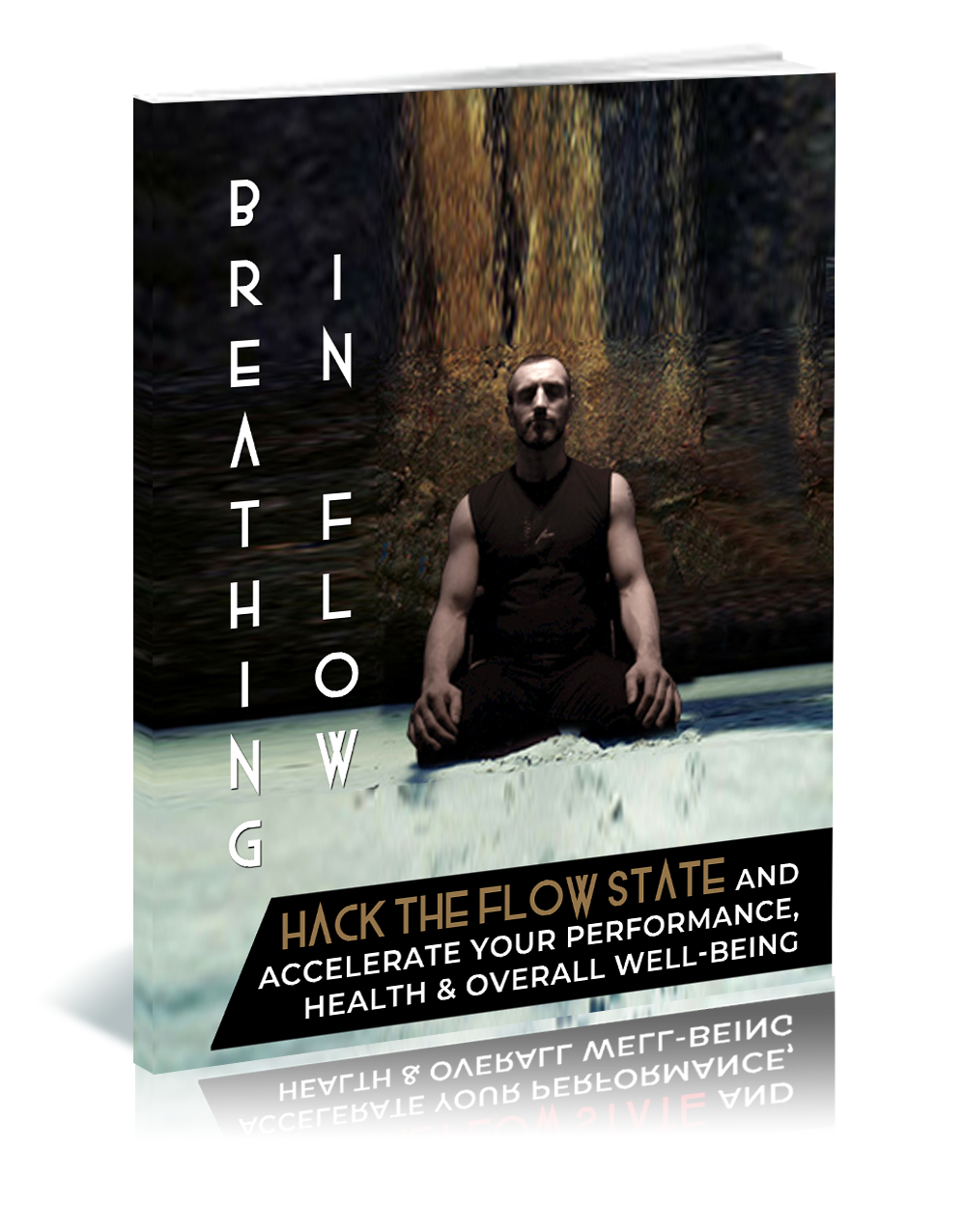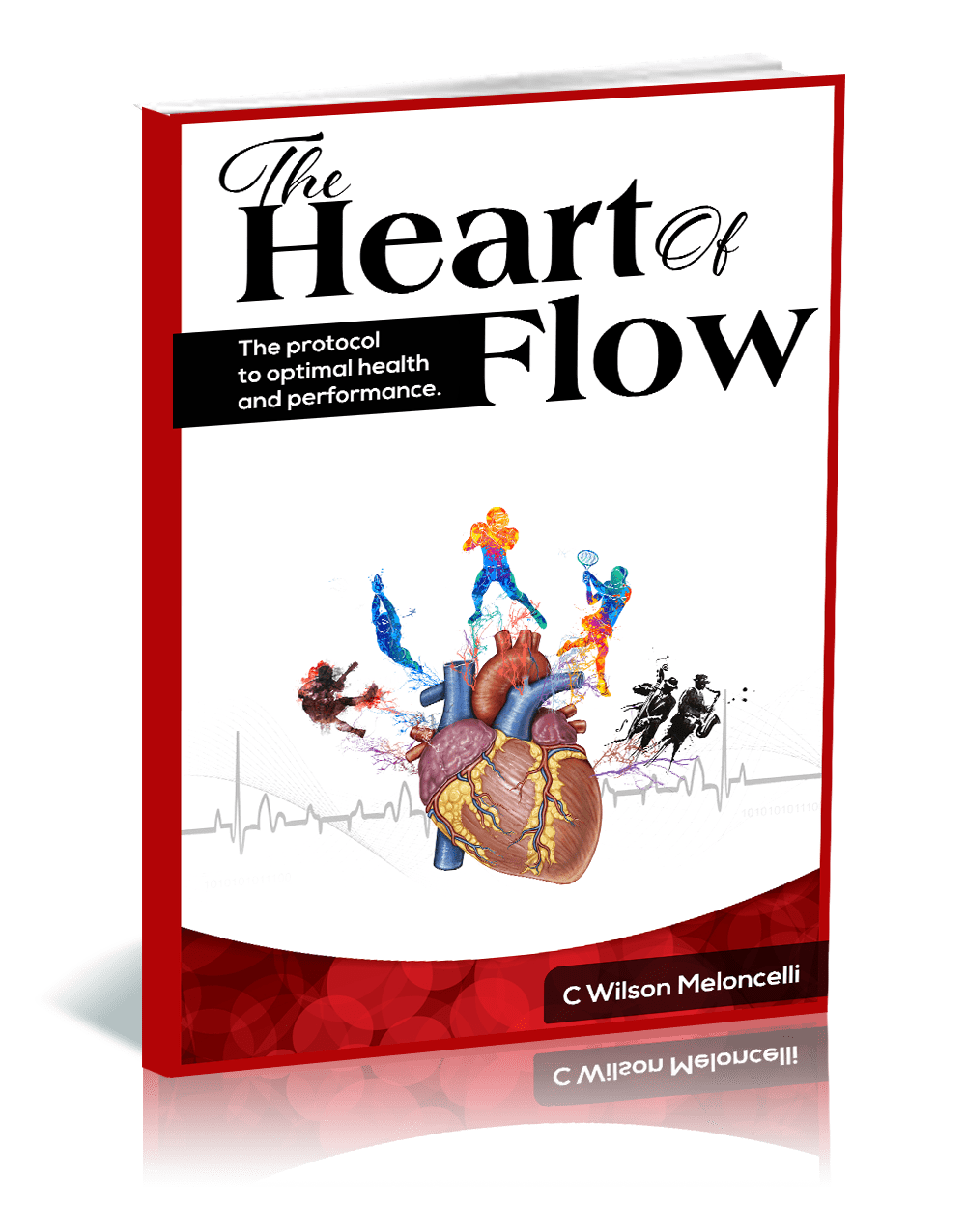
Achieving a flow state, where individuals are fully immersed and engaged in their activities, is closely linked to Heart Rate Variability (HRV). HRV, which measures the variation in time between each heartbeat, reflects the balance between the sympathetic and parasympathetic branches of the autonomic nervous system. Higher HRV indicates greater adaptability and resilience, essential for entering the flow state. The universal principles of the Law of Allowance, the Law of Action, the Law of Polarity, and the Law of Rhythm can provide a valuable framework for understanding and enhancing HRV. Here, we explore how these principles align with the autonomic nervous system and HRV.
Law of Allowance and the Parasympathetic Nervous System
The Law of Allowance emphasizes acceptance and non-resistance to the present moment. This principle aligns with the parasympathetic nervous system, which promotes relaxation, recovery, and a state of calm. Engaging the parasympathetic system increases HRV, as it counteracts the stress responses mediated by the sympathetic system.
Practical Application: Practices such as mindfulness meditation, nasal breathing exercises, and restorative yoga activate the parasympathetic nervous system. These activities encourage a state of allowance, reducing stress and anxiety, thereby increasing HRV and creating a fertile ground for flow.
Law of Action and the Sympathetic Nervous System
The Law of Action underscores the importance of taking deliberate steps towards goals and engaging in purposeful activities. This principle resonates with the sympathetic nervous system, which prepares the body for action and high-energy tasks. While prolonged sympathetic activation can reduce HRV, balanced and intentional action is necessary for growth and performance.
Practical Application: Regular physical exercise, particularly activities that challenge and engage the body and mind, stimulate the sympathetic nervous system in a healthy way. Structured activities that require focus and effort, such as high-intensity interval training (HIIT) or skill-based hobbies, can enhance both HRV and the potential for flow by providing necessary stimulation followed by recovery.
Law of Polarity and the Balance Between Sympathetic and Parasympathetic Systems
The Law of Polarity states that everything has an opposite, and understanding these opposites provides balance and perspective. This principle directly correlates with the need to balance sympathetic (action-oriented) and parasympathetic (rest-oriented) activities. Effective management of these polarities is crucial for maintaining high HRV.
Practical Application: Incorporating a balanced approach to lifestyle, where periods of intense activity are followed by adequate rest and recovery, can optimize autonomic balance. Techniques such as alternating high-intensity workouts with relaxation practices, and balancing work with leisure, help maintain high HRV by ensuring neither system is overtaxed.
Law of Rhythm and Natural Cycles of the Autonomic Nervous System
The Law of Rhythm highlights the inherent cycles and patterns in life. This principle can be connected to the natural oscillations between sympathetic and parasympathetic dominance. Aligning with these natural rhythms helps maintain autonomic balance and high HRV.
Practical Application: Establishing regular routines that align with natural cycles, such as consistent sleep patterns, meal timings, and exercise schedules, supports the natural rhythm of the autonomic nervous system. Synchronizing with these rhythms helps stabilize HRV and fosters an environment conducive to entering flow states. Practices like following circadian rhythms and incorporating rhythmic activities (e.g., rhythmic breathing or walking) can further enhance this balance.
By aligning the universal principles of the Law of Allowance, the Law of Action, the Law of Polarity, and the Law of Rhythm with the autonomic nervous system, we can enhance HRV and facilitate the flow state. The Law of Allowance parallels the parasympathetic system, promoting relaxation and recovery. The Law of Action corresponds to the sympathetic system, driving purposeful activity. The Law of Polarity emphasizes the balance between these systems, and the Law of Rhythm underscores the importance of aligning with natural cycles.
Embracing these principles not only promotes physiological balance and well-being but also fosters a deeper connection with the flow of life, enabling individuals to achieve peak performance and profound engagement in their activities. Through this holistic approach, we can unlock the potential of HRV as a key predictor and facilitator of the flow state.
To learn more on this subject, watch this detailed tutorial on the flow state










